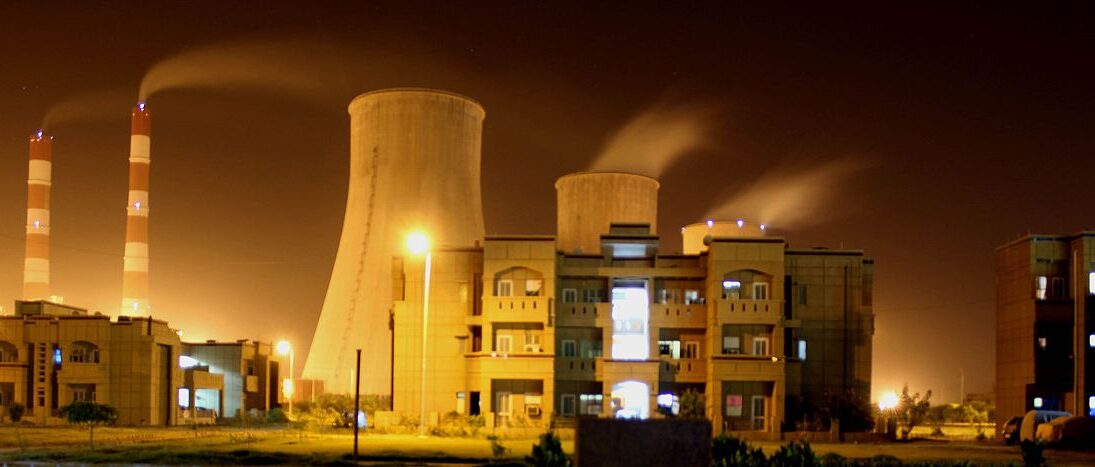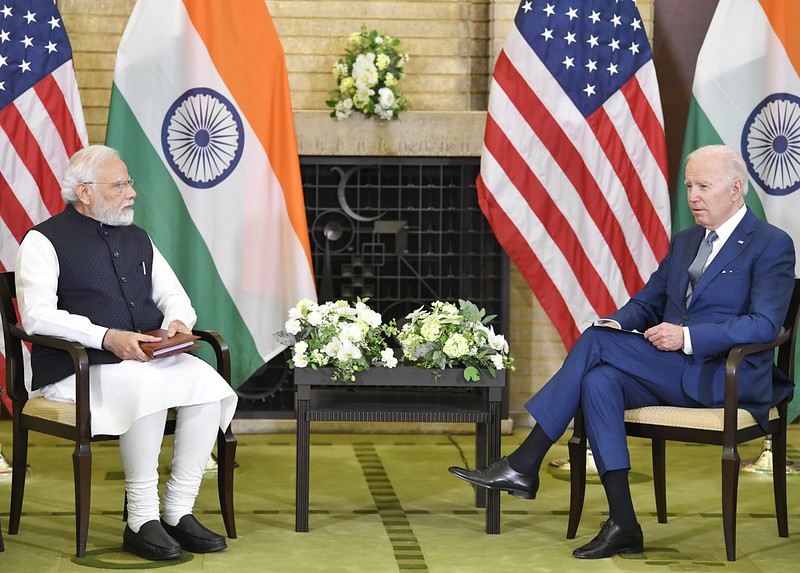
India has been striving to contribute to the global clean energy fraternity amidst efforts to reduce its carbon footprint and achieve net-zero emissions by 2070. While India ventures to meet its growing energy requirements sustainably, nuclear energy seems to be the obvious solution for most of New Delhi’s energy dilemmas given the demanding nature of its economy and a massive population. The Indian government has been pushing for small modular reactors (SMRs) to aid industrial decarbonization and, in turn, to capitalize on the mediation of SMR supply globally. The G20 summit in September 2023 saw India and the United States collaborating on the development of SMRs among many other energy and sustainability technologies.
But along with the viability and efficacy concerns around SMRs, the involvement of the private sector remains a key debate within policy circles. India is now considering re-evaluating its sixty-year-old energy law to permit more investment from private entities. As per a report from the government think tank NITI Aayog, economic involvement from the private sector must be allowed and meticulously leveraged for efficient delivery of the SMR technology. However, despite the development of SMRs and the potential privatization of the nuclear sector, its deployment, policy framework, safety, and financing come with considerable challenges.
Small modular reactors, whose per unit power capacity is almost a third of the generating power of conventional reactors, are said to be faster to construct, more cost-effective, and smoothly adjustable to grid requirements.
Nuclear energy seems to be the obvious solution for most of New Delhi’s energy dilemmas given the demanding nature of its economy and a massive population.
These reactors are built with a reduced core damage frequency and heightened seismic isolation as compared to traditional nuclear power plants, to provide more potential for safety in case of an accident. These reactors are safe enough that they are not constrained by iron-clad zoning prerequisites and can be operated in and around remote brownfield lands that have been abandoned due to industrial pollution. Installing SMRs as a substitute for large reactors circumvents the eviction of inhabitants and curbs land procurement crises.
Privatization: A Window of Opportunity
Now, with this promising technology already at its incipient stage, India should consider commissioning private sector funding for manufacturing and deploying SMRs. To attract and acquire private investments, an elaborate technology-neutral policy outline highlighting the inclusion of green taxonomy, green bonds, and the importance of societal, governance, and ecological aspects is essential.
To fulfill India’s aim to establish economic dominance in South Asia, the Department of Atomic Energy of India, the Nuclear Power Corporation of India, and the Atomic Energy Regulatory Board should join forces to frame a licensing process for SMRs and regulation protocols for inviting private investment. The technical costs will subsequently decrease once competent private sector players and international investors are attracted to get involved in the manufacturing of SMRs. India’s effort at the G20 summit to emphasize the importance of SMRs was extremely timely, given the Russian and Chinese SMR initiatives are already in their operational stages.

Evolving Challenges and New Fears
While SMRs have been on the policy lineups for almost a decade now, they haven’t translated into a practical commercial option. To bring in foreign capital and investment for the deployment of this technology, India will need to address the financial and security apprehensions about the launch of modular reactor-like technologies using platforms like the G20. Owing to the preliminary risks of miscommunications due to offsite deployment and delayed profits in the initial stages; private financing should be further roused by cultivating political support, conducive regulatory frameworks designed by national regulators like NPCIL, confidence-building activities, sovereign guarantees, and seed funds from the government. These measures will prove to be crucial in the social and commercial acceptance of ‘hard’ clean technologies like SMRs.
India definitively holds expertise in producing and operating smaller reactors, which are a much more convenient replacement for countries with mid-sized grids for decentralized operations. While the involvement of private overseas entities will bring in foreign capital, the ensuing offsite operations raise safety and national security concerns. Bilateral or multilateral ‘tech agreements’ need to be set up to avoid such threats. It is important to develop and promote a global nuclear safety culture, especially when the design approval for reactors happens in one country, and the product manufacturing and installation is carried out in another often leading to structural oversights. Such regulation discrepancies between countries also increase licensing and liability issues in the development of any new technology, along with heightened spending, which makes the whole purpose of building SMRs redundant.
Privatization will play a significant role in shaping public perceptions and social acceptance of nuclear energy, the reputation of which has been tarnished by accidents, lack of awareness, and safety hazards. Nuclear energy can mistakenly be used interchangeably with nuclear weapons and is therefore associated with all things catastrophic. Awareness campaigns from the government, in collaboration with private companies, that have stakes in SMR deployment, could work to soften the attitudes of the public towards nuclear energy. Outreach initiatives addressing the safety concerns of the surrounding local communities will allow an agreeable transition toward the public approval of SMRs. An elaborate blueprint for local manufacturing and operation of SMRs would also be beneficial for the conception of jobs and work opportunities in the region. This will help formulate an overall receptive attitude towards SMRs.
Allowing private players will benefit the quick deployment of SMR technology and in turn help in fulfilling India’s commitment to chart its way to becoming net zero by 2070.
Apart from safety concerns, the prospect of displacement of the local population contributes to the lack of public amicability with nuclear technology. Usually, the construction of traditional nuclear power plants has led to the acquisition of large public lands and exclusion zones, restricting local movements for operations. This has historically caused land disputes and protests. Given these resentments, the locals do not support the construction of nuclear facilities in and around their vicinities. Conveying the benefits of nuclear energy to the people, by advertising public-friendly features of SMRs and by educating locals about new job opportunities that will arise with the involvement of the private sector, may warm them up to nuclear technology.
Conclusion
There remains only limited private interest and investment in the nuclear energy sector due to uncertainty in SMR costs, given the limited benefits and slower paybacks on the initial prototypes. Opening up these projects to the private sector may also cause complications in the nuclear waste management systems and proliferation hazards. Therefore, despite the eventual involvement of private entities within the nuclear realm, the safety and security around SMRs must exclusively stay with the government.
Yet despite these initial financial and safety risks, private entities would appear to be keener than the government to partake in the development of SMRs, given the opportunity. An elaborate framework must be introduced, including a developmental motive along with economic benefits, to pave a path forward. The future will solely depend on the government’s amendments to the Atomic Energy Act, 1962, with the likelihood of providing some leeway for involvement from the private sector, foreign investments, and start-ups. Allowing private players will benefit the quick deployment of SMR technology and in turn help in fulfilling India’s commitment to chart its way to becoming net zero by 2070.
Also Read: Building a Case for Small Modular Reactors in Pakistan
***
Image 1: A nuclear power plant in Jhajjar, India via Wikimedia Commons.
Image 2: Prime Minister Narendra Modi and President Joe Biden via Flickr.


